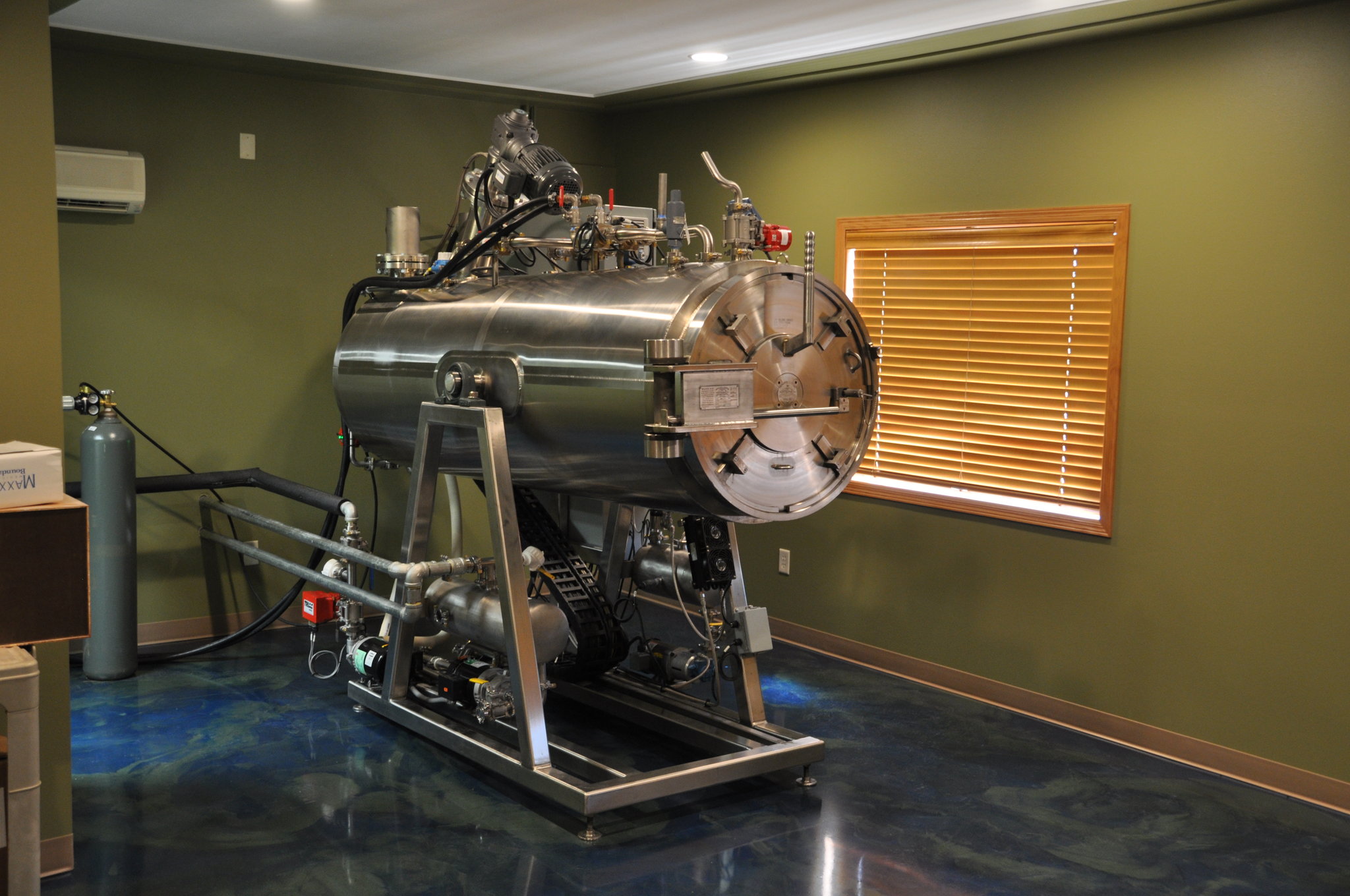Most people think cremation is a fairly modern construct. But actually, it is much older than we think.
In the Book of Genesis, Abraham is ordered by God to prepare the funeral pyre for the sacrifice of his son. And there are several mentions in both the old and new testaments. The Romans and Greeks often cremated their dead. But cremation saw a decline as Christianity took hold.
The modern approach to cremation happened in the last 150 years. New scientific discoveries paved the way for a more sanitary cremation process with an enclosed chamber rather than a funeral pyre. Prominent British figures, led by Sir Henry Thompson, successfully lobbied the government to approve legislation to allow cremation in the United Kingdom.
The first crematorium in Britain opened in 1885 at Woking. Mrs. Pickersgill, was the first person cremated at this crematorium on 26th March 1855. In fact this crematorium still stands today, joining such Woking landmarks as Export House (the former home of British American Tobacco), the McLaren Technology Centre, and a branch of Pizza Express with supposed Royal connections.
Of course the actual cremator technology has changed significantly since the nineteenth century. But the principle remains the same – the cremation takes one or two hours with only bone fragments remaining. These fragments are then collected and processed into cremated remains, more commonly known as ashes. Cremation has steadily increased, becoming the norm in Britain in 1968. In 2020 almost 80% of British deaths were cremated.
And views toward funerals and its costs continue to evolve with the arrival of direct cremation which distinguishes the cremation from any attended service. An unattended cremation happens separately in a private crematorium and the ashes are then delivered to next of kin to hold a service, if they so choose.
There are also new technologies on the horizon that provide a more ecological twist on cremation. These include water cremation, where the body is dissolved back into its original elements, and human composting, which speeds up the decomposition process in a specialised chamber resulting in only an amount of fertiliser remaining.
